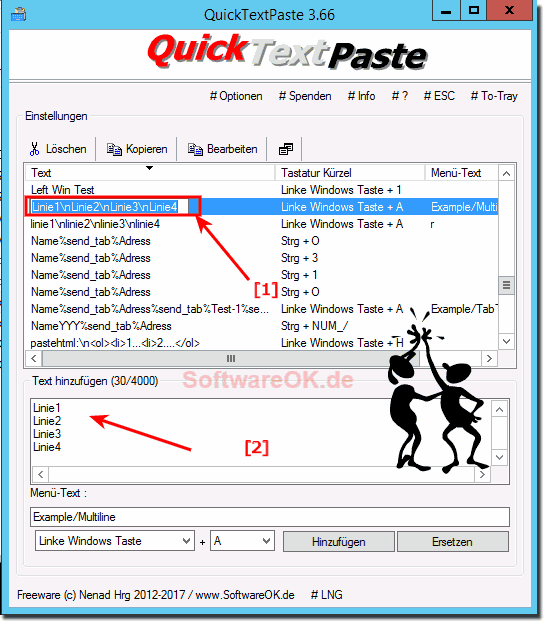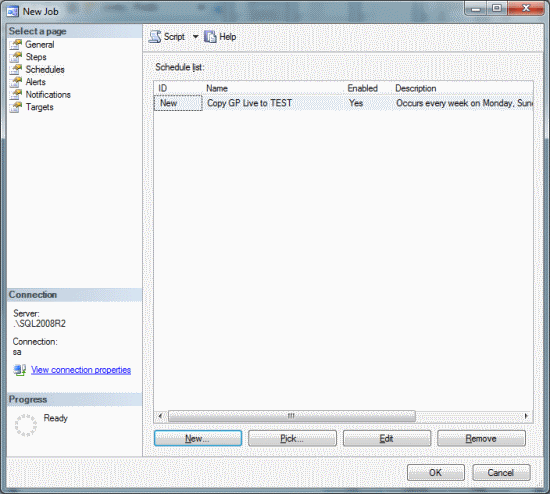


The text box where the note is inserted also must have the note's category as its default. When the shortcut ?dlb is entered in a supported text box, 'Don't Lean Back' immediately replaces the abbreviation. There is no limit to note size and it can span multiple lines.Įxample: Abbreviation = dlb. Note: Enter the full note text or a template.

To insert notes without a shortcut, open the Quick Paste Notes list and double-click a note. If no abbreviation is entered, no shortcut is assigned to the note.

For example, if di and dia are used as abbreviations, di will override dia. For the shortcut to work avoid using the same abbreviation as other notes or the same sequence of characters. Numbers, letters, and symbols or a combination of can be used. Knowing how to copy-paste efficiently is an essential skill all computer users should learn to be productive.Create Quick Paste Notes to easily replace abbreviated text with longer notes.Īlternatively, double-click an existing note to edit.Ībbreviation: Enter the shortcut to use to insert the note in a text box (optional). We find it very interesting to read more about Larry Tesler and his crusade against “modes” in human-computer interfaces. Tesler conceived and implemented many graphical user interface (GUI) features, which are taken for granted today. There is no need to install additional software – simply memorize these shortcuts to be more productive! Copy-pasting was invented in the 1970’sĭid you know? The modern copy-pasting method of selecting some text and using a single keyboard shortcut to copy and paste it was originally invented by Larry Tesler, way back in the 1970’s. The tips are convenient for all Linux and Gnome users in particular, as most of the shortcuts work out-of-the-box. With these handy tips, you can copy-paste more efficiently than ever before. Everybody knows these basic keyboard shortcuts for copying and pasting: Ctrl+C and Ctrl+V.


 0 kommentar(er)
0 kommentar(er)
